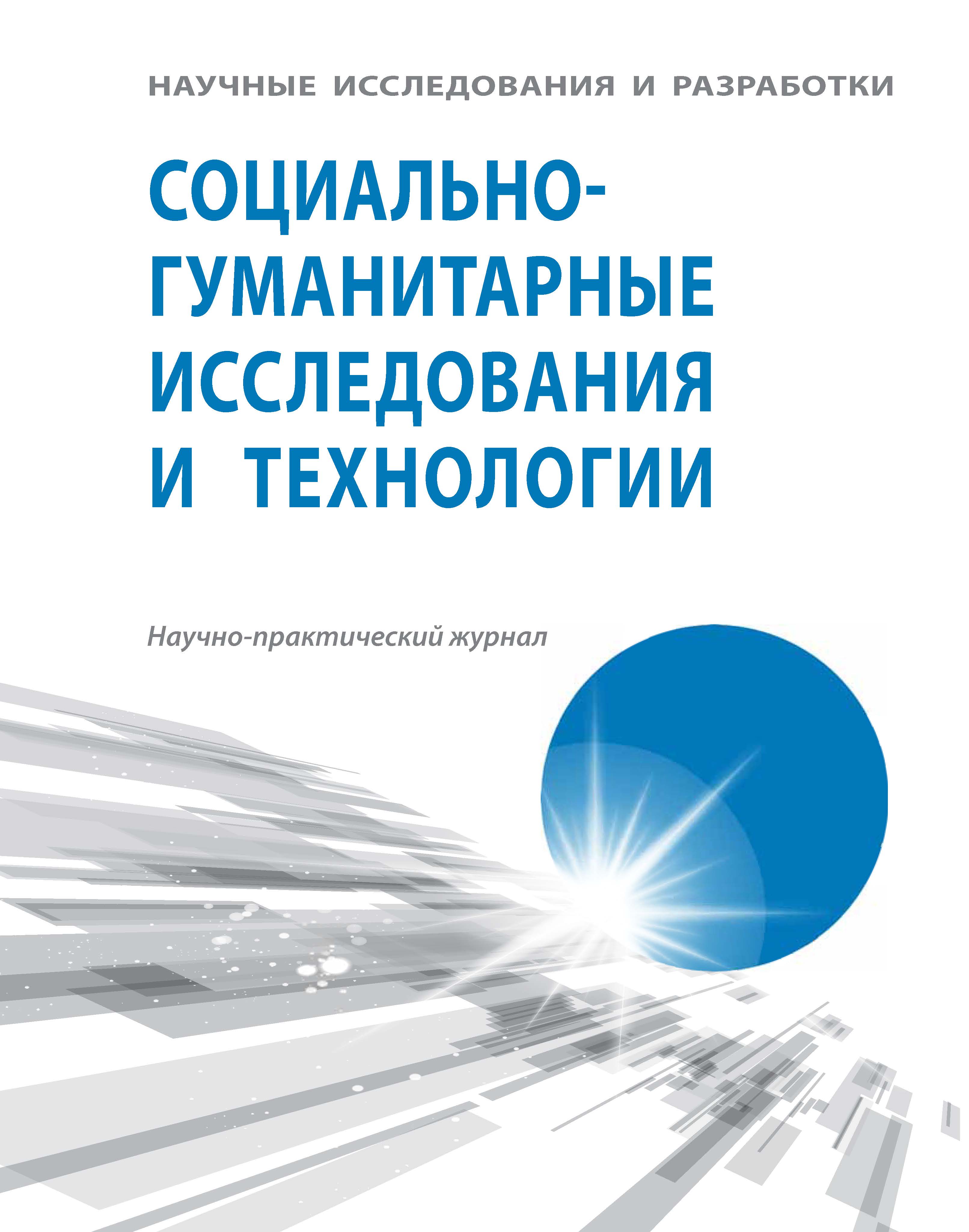from 01.01.1992 to 01.01.2025
Glazov, Izhevsk, Russian Federation
UDC 372.8
UDC 31
CSCSTI 14.25
The problem of determining the semantic similarity of astronomical terms denoting celestial objects in a school astronomy course is considered. A distributive method is used, which consists in comparing the distributions of concepts in the astronomy textbook. With the help of special computer programs, punctuation marks and stop words are removed from the text, the number of mentions of various terms is deter-mined, the cosine measure of proximity and the semantic distance between concepts are calculated. This allows: 1) to reveal frequently used astronomical concepts denoting celestial bodies; 2) to obtain matrices of proximity and semantic distances between the concepts of "galaxy", "star", "Sun", "planet", "black hole", "white dwarf", etc.; 3) to create a mental map of the celestial bodies that make up the Solar system, taking into account the distances between the terms designating them 4) to build clouds of concepts "types of stars", "Earth – star – Universe". To model the semantic space of the textbook, the Graf.pas computer program is used, which randomly moves vertices in 2D or 3D space, each time calculating the potential energy W of the elastic rods connecting them and choosing such an arrangement of vertices that W is minimal. It is believed that the closely located vertices are connected by rigid rods, and the far removed ones are connected by elastic rubber threads.
astronomy, didactics, concept, semantic space, computer methods, cosine proximity, textbook
1. Anisimov A.V. Metod vychislenija semanticheskoj blizosti-svjaznosti mezhdu slovami estestvennogo jazyka / A.V. Anisimov, A.A. Marchenko, V.K. Kisenko // Kibernetika i sistemnyj analiz. – 2011. № 4. – Pp. 18-27.
2. Branchenko D.S. Mery semanticheskoj blizosti na osnove ontologicheskih razmernostej ponjatij v informacionnyh sistemah / D.S. Branchenko, Ju.A. Kravchenko, Ju.S. Novikova // Informatika, vychislitel'naja tehnika i inzhenernoe obrazovanie. – 2017. № 1 (29). − Pp. 46-58. EDN: https://elibrary.ru/YOPCJN
3. Vanjushkin A.S. Metody i algoritmy izvlechenija kljuchevyh slov / A.S. Vanjushkin, L.A. Grashhenko // Novye informacionnye tehnologii v avtomatizirovannyh sistemah. – 2016. № 19. – Pp. 85-93. EDN: https://elibrary.ru/VTZOBJ
4. Varlamov M.I. Raschet semanticheskoj blizosti konceptov na osnove kratchajshih putej v grafe ssylok Vikipedii / M.I. Varlamov, A.V. Korshunov // Mash-innoe obuchenie i analiz dannyh. – 2014. T. 1. № 8. – Pp. 1107-1125.
5. Galuzo I.V. Astronomija: ucheb.posobie dlja 11-go kl. obshheobrazovat. uchrezhdenij s rus. jaz. obuchenija s 11-letnim srokom obuchenija / I.V. Galuzo, V.A. Golubev, A.A. Shimbaev. – Minsk: Nar. asveta, 2009. – 216 p.
6. Ichkineeva D.A. O zakonomernostjah diskretizacii semanticheskogo pro-stranstva teksta // Vestnik OGU. – №11 (117). 2010. – Pp. 98-100. EDN: https://elibrary.ru/MWMMGP
7. Karjaeva M.S. Lingvostaticheskij analiz terminologii dlja postroenija te-zaurusa predmetnoj oblasti // Modelirovanie i analiz informacionnyh sistem. – 2015. T. 22. № 6. – Pp. 834–851. DOI: https://doi.org/10.18255/1818-1015-2015-6-834-851; EDN: https://elibrary.ru/VDVDBF
8. Mayer R.V. Slozhnost' uchebnyh ponjatij i tekstov: monografija. – Glazov: GIPU, 2024. 132 p. EDN: https://elibrary.ru/XWDTOK
9. Mishankina N.A. Mental'noe prostranstvo nauchnogo teksta: metaforiche-skie modeli // Vestnik Tomskogo gosudarstvennogo universiteta. – 2007. № 297. – Pp. 7-11. EDN: https://elibrary.ru/KHNEEL
10. Morozova Ju.I. Postroenie semanticheskih vektornyh prostranstv raz-lichnyh predmetnyh oblastej // Informatika i ee primenenija. – 2013. T. 7. Vyp. 1. – Pp. 90-93. EDN: https://elibrary.ru/QCJCPZ
11. Najhanov N.V. Opredelenie semanticheskoj blizosti ponjatij na osnove ispol'zovanija ssylok Vikipedii / N.V. Najhanov, B.A. Dyshenov // Programmnye siste-my i vychislitel'nye metody. – № 3. 2016. – Pp. 250-257.
12. Panchenko A.I. Izvlechenie semanticheskih otnoshenij iz statej Vi-kipedii s pomoshh'ju algoritmov blizhajshih sosedej / A.I. Panchenko, S.A. Adejkin, A.V. Roma-nov, P.V. Romanov // Otkrytye sistemy. – 2012. № 16. – Pp. 18-27.
13. Rakitina S.V. Konceptosfera i semanticheskoe prostranstvo nauchnogo teksta // Al'manah sovremennoj nauki i obrazovanija. – Tambov: Gramota, 2009. № 8 (27): v 2-h ch. Ch. I. – Pp. 125-126. EDN: https://elibrary.ru/OWDPTL
14. Sheremet'eva S.O. Metody i modeli avtomaticheskogo izvlechenija kljuche-vyh slov / S.O. Sheremet'eva, P.G. Osminin // Vestnik JuUrGU. Serija: Lingvistika. – 2015. T. 12. № 1. – Pp. 76-81.
15. Jakovleva S.S. Ispol'zovanie mental'nyh kart v obuchenii studentov vuza // Scientific Review. – № 4, 2019. – Pp. 134-137.
16. Ashraf A. Semantic similarity measures between words: a brief survey / A. Ashraf, A. Fayez, A. Hani // Scientific International Journal. – 2018. № 30(6). – Pp. 907-914.
17. Lin D. An information-theoretic definition of similarity // ICML. – 1998. T. 98. – Pp. 296-304.
18. Manning C.D. An Introduction to Information Retrieval / C.D. Manning, P. Raghavan, H. Schütze. – Cambridge University Press. 2008.
19. Turney P.D. From frequency to meaning: Vector space models of semantics / P.D. Turney, P. Pantel // J. Artificial Intelligence Research. – Menlo Park, California: AAAI Press, 2010. № 37. – Pp. 141–188.







